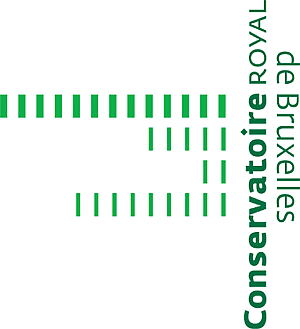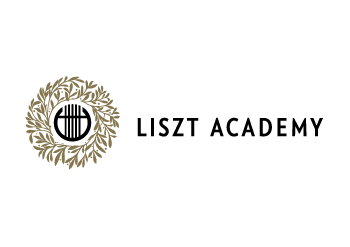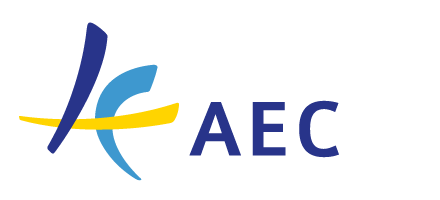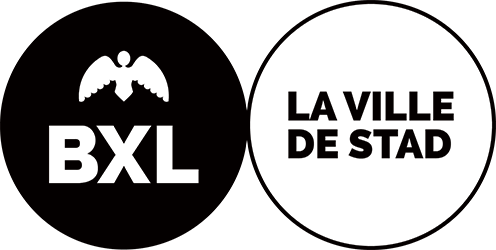This theory tries to combine modern with historical approaches. It contains, among other things: an outline of Rameau’s harmony theory, as well as functions, steps, “octave rule” and fifth-fall sequence, a comprehensive exposition of historical cadences, counterpoint and lineation as central aspects of the Bach movement, detailed considerations of the methodological approach, an answer to the question of the authenticity of numerous “Bach movements”. The book is intended for teachers and students as well as for ” experts and enthusiasts ” who regard the chorale movement as the basis of a stylistic movement theory and who would like to deepen their knowledge of it.
Be a part of our european project !
This European project (KA 203 Strategic Partnership) created by Salvatore Gioveni promotes cross-border collaboration in the field of Music Theory through sharing knowledge and transferring pedagogical innovation. It thus responds to a lack of centralised source and framework to deepen reflection by means of cross-disciplinary study at European and international level.
There is a significant wealth of educational practices from one country to another in this sector, especially in terms of harmonic musical notation and analysis. However, HMEI's are facing the nonexistence of a European network for pedagogical staff in Music Theory so far. To improve the situation, the project will among other things develop several intellectual outputs such as Online Platform (IO 1), an EU Bibliography (IO 2), a Repository Courses (IO 3), a Multilingual Glossary (IO 4) and an Exchange Online Learning Platform.
Besides the Conservatoire royal de Bruxelles as leader and manager of the project, the following partner institutions are involved: Music Academy S. Moniuszki Gdańsk (Gdańsk, Poland), F. Liszt Academy of Music Budapest (Budapest, Hungary), Estonian Academy for Music and Theatre (Tallinn, Estonia), HfMTh "Felix Mendelssohn Bartholdy" (Leipzig, Germany).
 | 2025
| 2025








